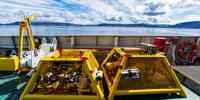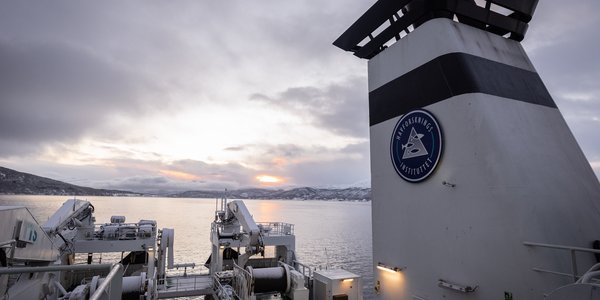2020
Result: (47) Showing 1 - 30

New way found to mass produce sterile salmon
09.12.2020
LoVe ocean observatory fully operational
25.08.2020

Deep insight into the oceans off Vesterålen
25.08.2020

The mackerel cruise can be followed online
03.07.2020

Why the fjords turn green
02.06.2020

Eels only reach puberty at the age of 19
26.05.2020

Wild salmon’s wild journey in the ocean
26.05.2020






















